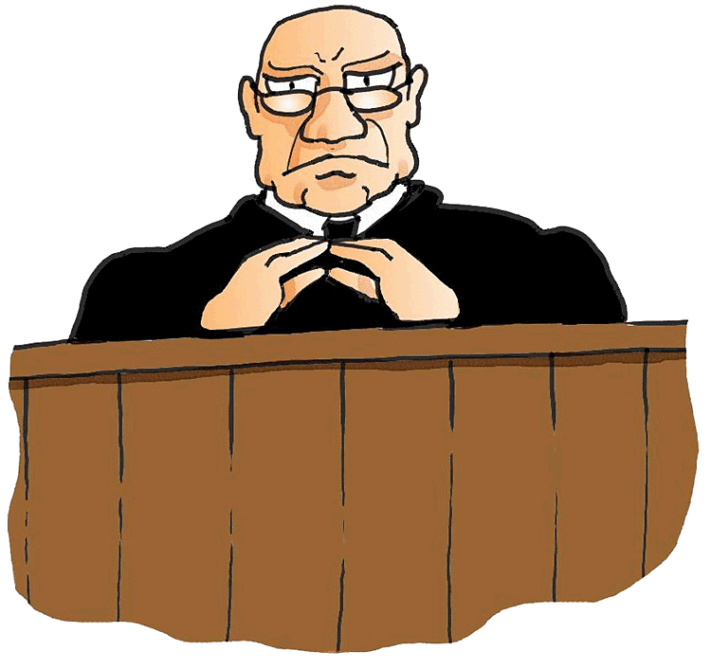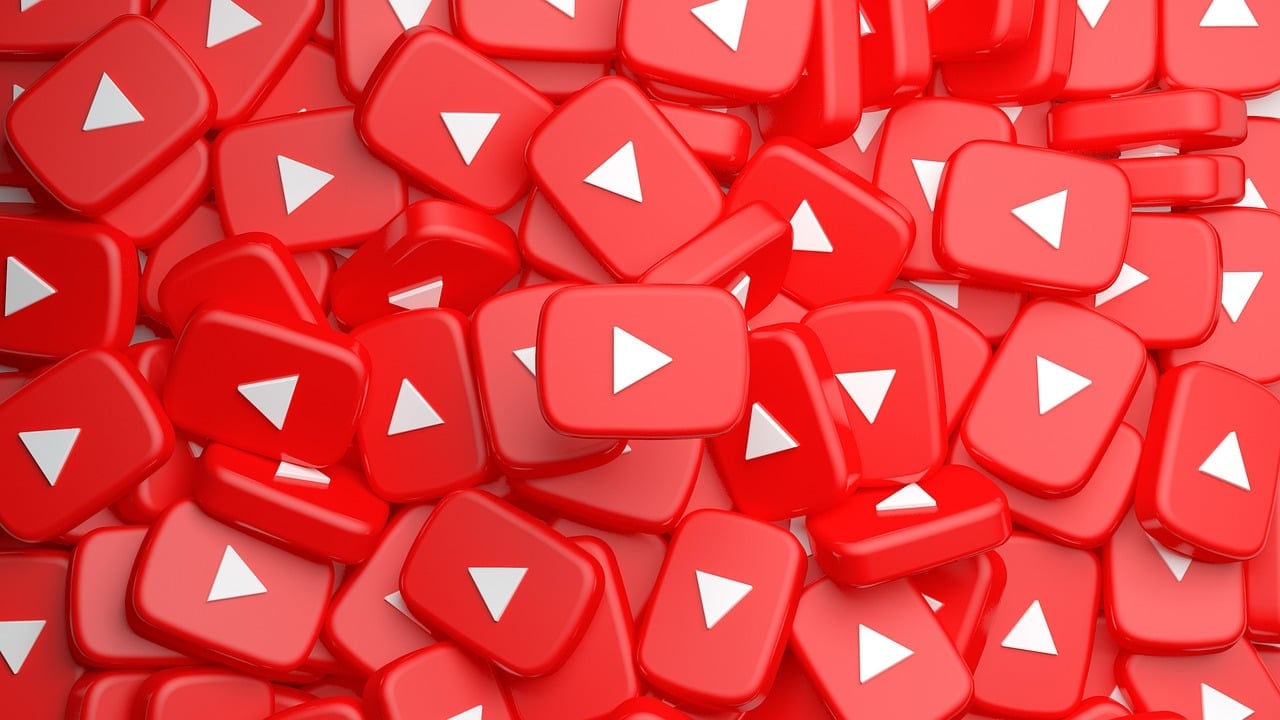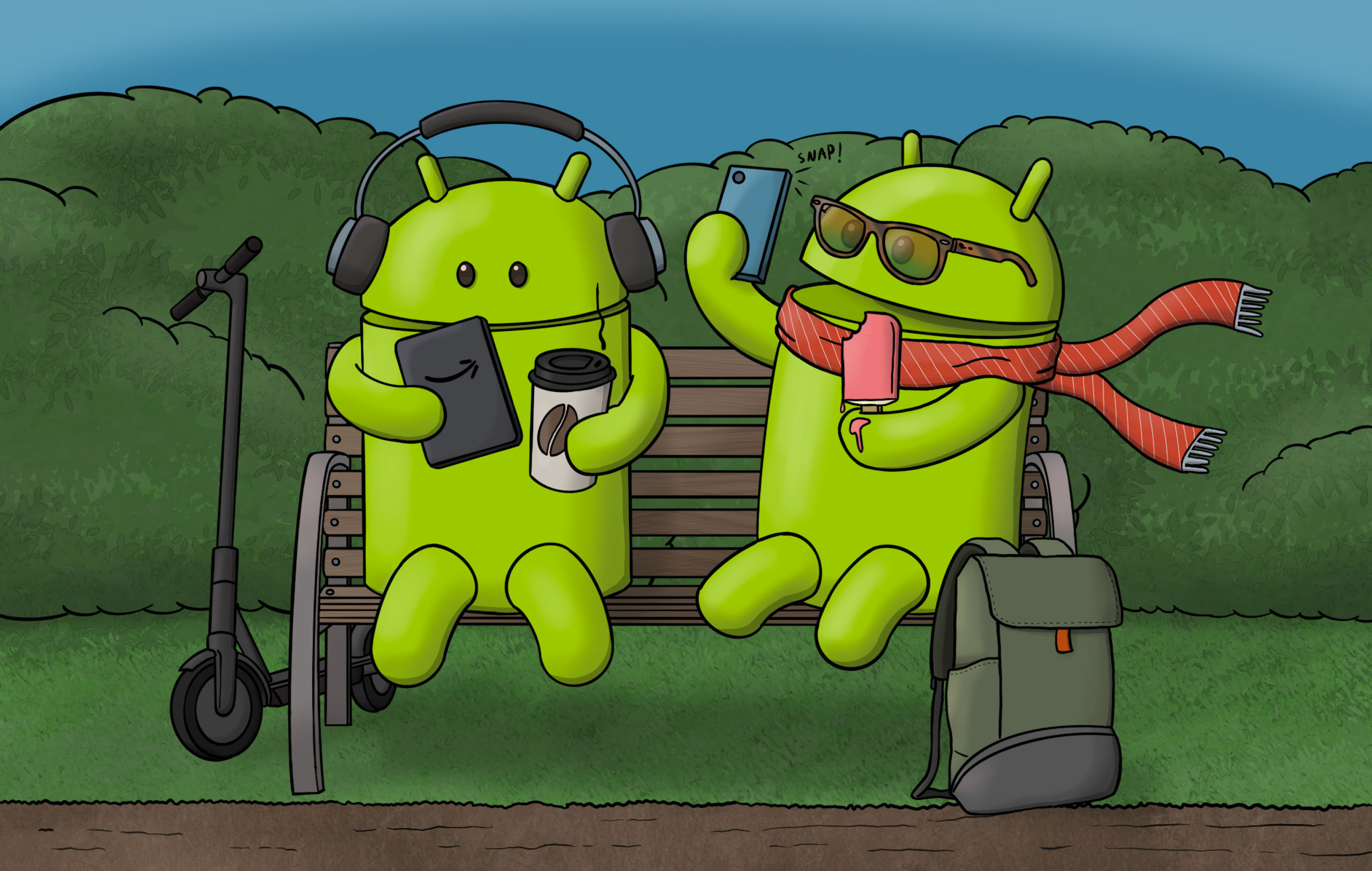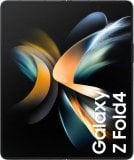Rättstvisten mellan Apple och Samsung inleddes år 2011 och pågår fortfarande. Apple stämde Samsung på grund av finesser som tap-to-zoom, hyperlänkar och för att Samsungs telefoner hade runda hörn. Samsung dömdes efterhand att ge Apple samtliga intäkter från de Galaxy-telefoner domstolen ansåg inkräktade på Apples immaterialrätt.
Straffsumman låg inledningsvis på över en miljard dollar men sänktes tidigare i år till 548 miljoner dollar. Nu har Samsung fått stöd av Google, Facebook, Ebay, HP, Dell och andra elektronikjättar. Företagen skriver att domstolens beslut till Apples fördel kan få ”absurda resultat” i teknikvärlden.
De menar att om en i det stora hela oväsentlig finess, ett fåtal rader kod av miljoner rader, kan innebära att all vinst från den produkten går till en rättighetsinnehavare, så hindrar det innovationen och kan få förödande konsekvenser för teknikföretag som lägger miljarder på research.
Apple har begärt att Googles inblandning avfärdas eftersom Google ligger bakom Android – operativsystemet Samsung använder i sina smartphones.
If allowed to stand, that decision will lead to absurd results and have a devastating impact on companies, including [the briefing draftees], who spend billions of dollars annually on research and development for complex technologies and their components.
Under the panel’s reasoning, the manufacturer of a smart television containing a component that infringed any single design patent could be required to pay in damages its total profit on the entire television, no matter how insignificant the design of the infringing feature was to the manufacturer’s profit or to consumer demand.
Software products and online platforms face similar dangers. A design patent may cover the appearance of a single feature of a graphical user interface, such as the shape of an icon. That feature—a result of a few lines out of millions of code—may appear only during a particular use of the product, on one screen display among hundreds. But the panel’s decision could allow the owner of the design patent to receive all profits generated by the product or platform, even if the infringing element was largely insignificant to the user and it was the thousands of other features, implemented across the remainder of the software, that drove the demand generating those profits.



) 76
76







